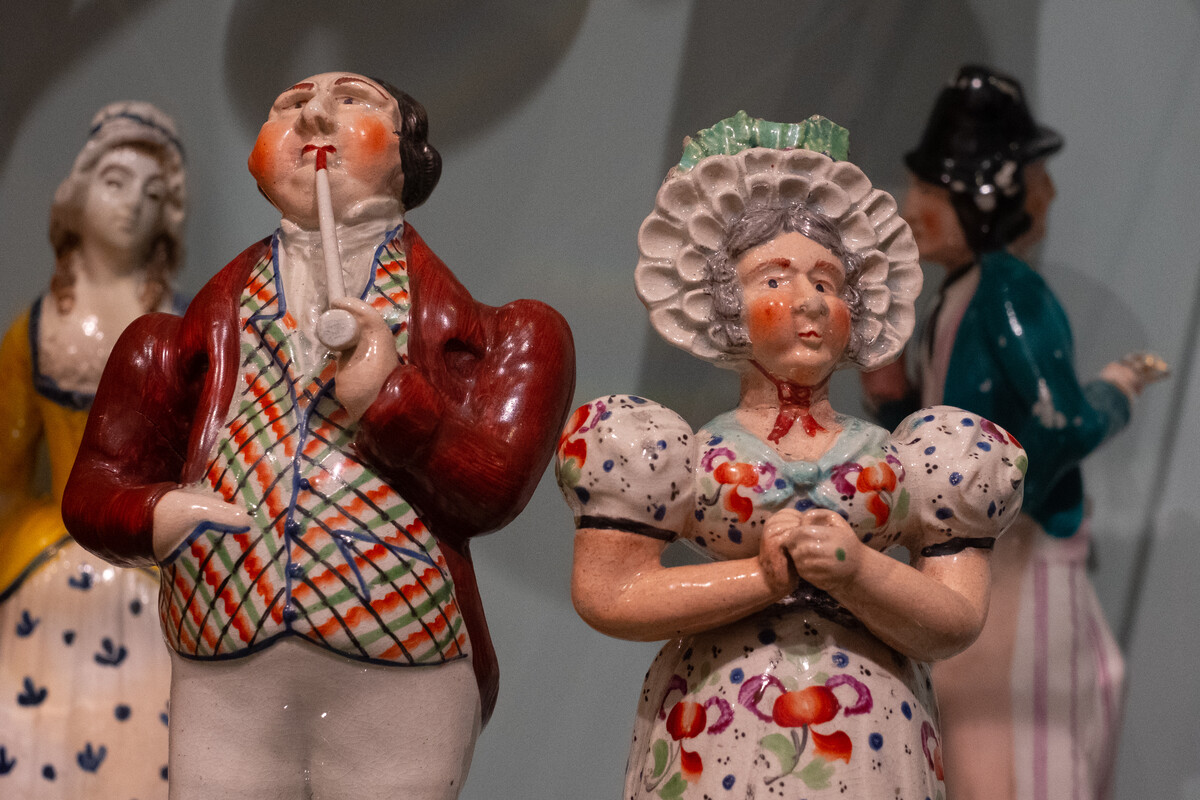
Mr Willett's Popular Pottery

Brighton resident Henry Willett was a collector with a difference. He used his extensive collection of Sussex pottery and ceramics to trace the history of the British people through the everyday items found in their homes.
Henry Willett (1823-1905) was one of the founders of Brighton Museum and this gallery showcases one of his substantial collections. Willett was a local businessman with an interest in Sussex pottery, among many other things. He believed that the ceramic objects ordinary people used at home or displayed on their mantelpieces offered valuable insights into history and the talking points of the day.
Over a period of time, he built up a collection of about 2,000 pieces, dating from around 1600 to 1900, with a few later additions. He lent some items to the new museum in 1873, before presenting the entire collection to the town in 1903.

From Conviviality to Crime
Willett catalogued his collection under 23 themes, and the objects in the gallery are displayed in the same groupings. They range from Royalty & Loyalty, Military Heroes and Soldiers & Sailors to Crime, Philanthropy, Music and Sport. There are items corresponding to Conviviality & Teetotalism and Domestic Incidents, as well as Poetry, Science & Literature.
Some of the objects are cheeky, others are patriotic or political. There are sculptural busts and figurines, Toby jugs, mugs and bowls, cups and teapots. Sliding shelves below the glass display cases hold plates and tiles, providing access to as much of the collection as possible. True to Willett’s intentions, each piece – whether commemorative, decorative or practical – provides a commentary on the time in which it was made.
Satire and serious questions
Interesting examples on display include a Creamware army recruitment mug (c1795) with a satirical print showing scouts coercing people to join up. An abolition of slavery figure, made c1835, commemorates the successful campaign to end the slave trade, while a spill holder, c1820, shows a husband and wife wrestling over the question, ‘Who wears the breeches?” There is a great deal of humour here, but you’ll also encounter serious issues, many of which are still relevant today.